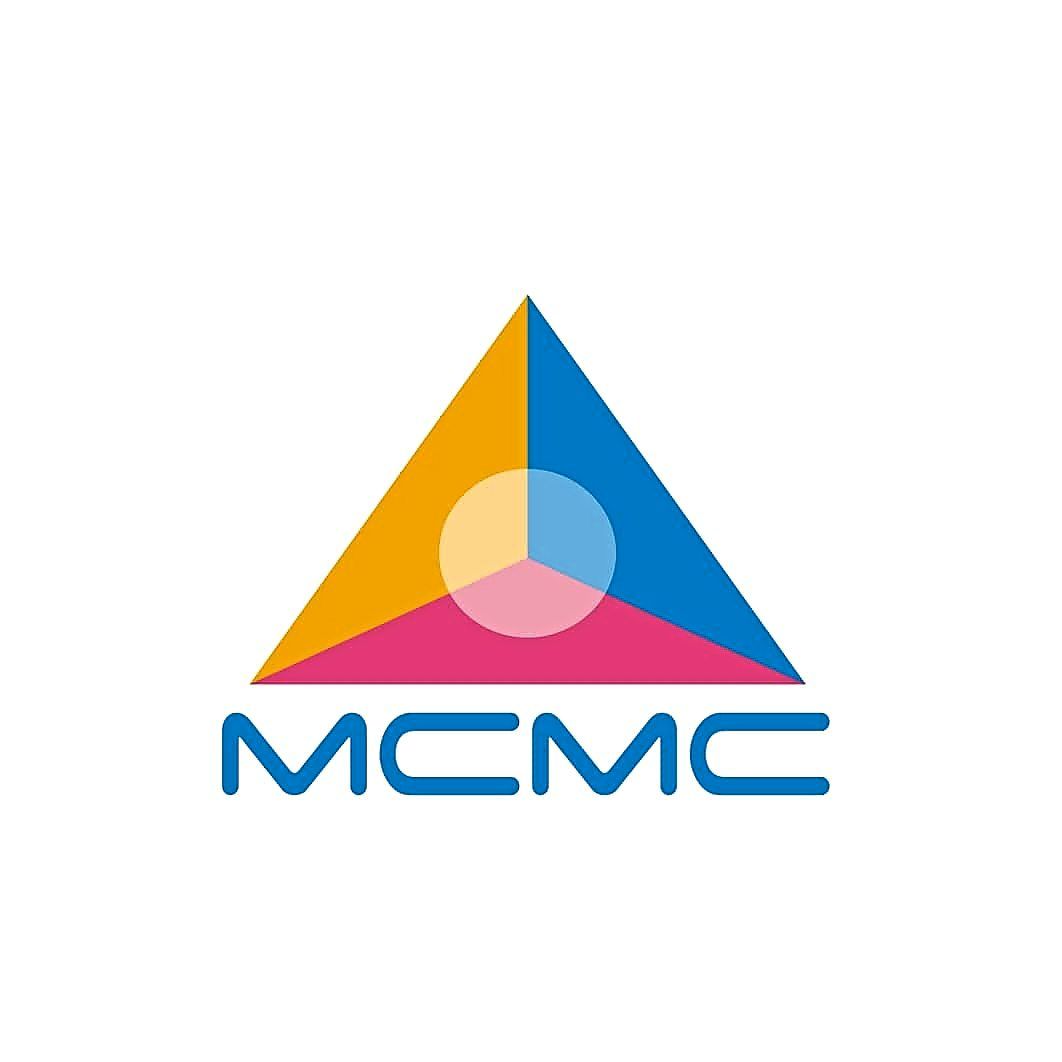Being a responsible digital citizen means understanding and identifying falsehoods and misinformation on the Internet.
MEDIA literacy has never been more important in an era where anyone and everyone can share their voice online.
The Internet is a double-edged sword; knowledge and information has never been so easily and readily accessed, but with that ease comes malicious individuals looking to create discord.
Misinformation is rampant and anyone can be susceptible to it, especially if the news is sensational and emotionally charged.
How many times have you seen an article or “news piece” shared on social media that you thought was true at that moment only to later discover it contained falsities or even outdated information.
And while both disinformation and misinformation can mislead audiences or readers, the key difference is that disinformation is intentionally and maliciously deceptive.
In a report by The Star (Oct 11, 2020), the top five most prevalent fake news topics cover areas of governance, crime, health, consumerism and security.
What’s the difference?
Understanding the various ways in which false information is spread, as well as the motivations and appeal behind them, is critical for avoiding and combating it.
Here’s a quick breakdown of the definitions on the type of false information:
> Misinformation is false information that is spread, regardless of whether there is intent to mislead.
> Disinformation is deliberately misleading or biased information; manipulated narrative or facts; propaganda.
> Fake news is purposefully crafted, sensational, emotionally charged, misleading or totally fabricated information that mimics the form of mainstream news.
Whether or not the person sharing is aware of the inaccuracies, all forms frequently involve widespread dissemination.
For instance, there was a slew of conspiracy theories claiming that 5G networks cause cancer and even Covid-19. The false claim was based on the idea that the radio waves cause health problems despite the lack of scientific evidence.
MCMC commission member and professor at Universiti Teknologi Malaysia’s School of Electrical Engineering Dr Tharek Abd Rahman had debunked this, saying that “the assumption that headaches, depression, anxiety and fatigue are caused by exposure to low-level EMF (electromagnetic field) is inaccurate”.
EMF is categorised as non-ionising radiation which is different from harmful ionising radiation. In actuality, the only effect is heat and it isn’t enough to cause long-term damage to human tissues.
This example presents incorrect and out-of-context information as fact so in this case, this is an example of misinformation.
At the same time, misinformation can become disinformation when it is shared by individuals or groups who are aware that the info is inaccurate or false but intentionally spread it to cast doubt or cause division.
Disinformation can be classified into four types:
> Clickbait
> Hate speech
> Political interference
> Foreign interference
Research institute Asia Centre – which also holds a special consultative status with the UN Economic and Social Council – identified five types of political information that would feature in our GE15 in their latest 2022 report “Youth and Disinformation in Malaysia: Strengthening Electoral Integrity”.
Disinformation becomes more prominent during political seasons. For instance, Asia Centre found that the main initiators of disinformation are “government agencies, political parties or campaign managers who use local content companies, private contractors and civil society organisations to downstream disinformation campaigns by producing text, graphics and videos which are pushed out by bots as well as by paid or volunteer cybertroopers and diehard supporters.”
Truth matters
In an age when spreading fake news is common, it’s critical to rely on trustworthy and tenacious fact-checking services to vet information, which is where fact-checking websites like Sebenarnya.my come into play.
First introduced by the Malaysian Communications and Multimedia Commission (MCMC) on March 14, 2017, the portal was designed as a one-stop centre for Malaysians to verify authenticity of news shared online.
The website is a proactive strategy to curb the spread of false news and ensure that netizens receive genuine content. You can also report any fake news on Sebenarnya.my so that the relevant authorities can take action.
There are a number of things every digital citizen should consider on suspicious information:
> It’s too good to be true.
> It invokes extreme positive or negative emotions.
> It’s not properly sourced or citations are out of date.
The best way to verify a source for yourself is to check the author, organisation, publish date and what the evidence says. Then crosscheck with other sources to see if there are any discrepancies.
Recognising fake news is part of being a responsible digital citizen. Slowing down to do a quick search to see if you can find other sources that might verify sensationalised news goes a long way. Remember, if you’re not sure, don’t share it.






